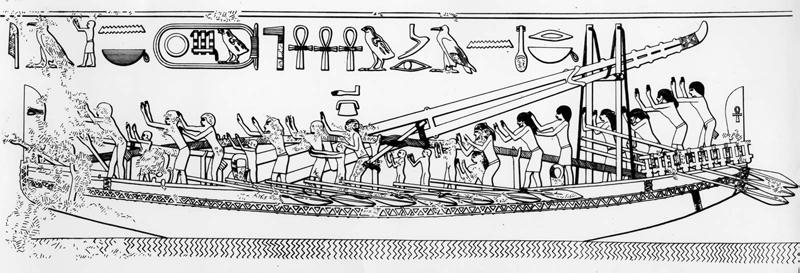
1 minute read
DID YOU KNOW?
History Of Ships
Surviving clay tablets and containers record the use of waterborne vessels as early as 4000 BCE. Boats are still vital aids to movement, even those little changed in form during that 6,000-year history. The very fact that boats may be quite easily identified in illustrations of great antiquity shows how slow and continuous had been this evolution until just 150 years ago. And though that was the time when steam propulsion became predominant, it never was anywhere universal in local transport. Because some solutions to the problem of providing water transport were eminently successful and efficient several millennia ago, there are a number of boats still in use whose origins are lost in prehistory.
Early rowed vessels
The earliest historical evidence of boats is found in Egypt during the 4th millennium BCE. A culture nearly completely riparian, Egypt was narrowly aligned along the Nile, totally supported by it, and served by transport on its uninterruptedly navigable surface below the First Cataract (at modern-day Aswān). There are representations of Egyptian boats used to carry obelisks on the Nile from Upper Egypt that were as long as 300 feet (100 metres), longer than any warship constructed in the era of wooden ships.

The Egyptian boats commonly featured sails as well as oars. Because they were confined to the Nile and depended on winds in a narrow channel, recourse to rowing was essential. This became true of most navigation when the Egyptians began to venture out onto the shallow waters of the Mediterranean and Red seas. Most early Nile boats had a single square sail as well as one level, or row, of oarsmen. Quickly, several levels came into use, as it was difficult to maneuver very elongated boats in the open sea. The later Roman two-level bireme and three-level trireme were most common, but sometimes more than a dozen banks of oars were used to propel the largest boats.










